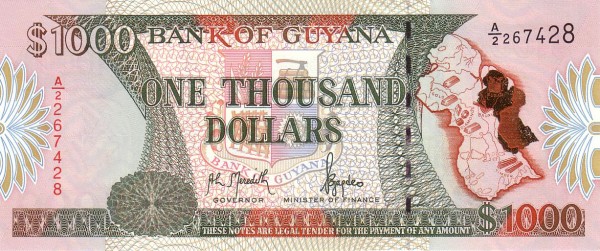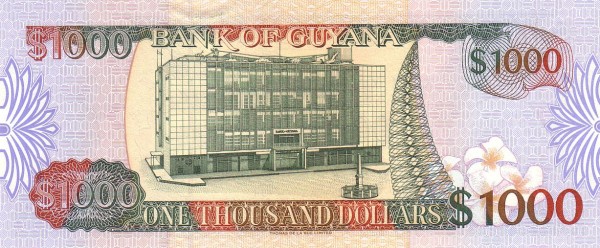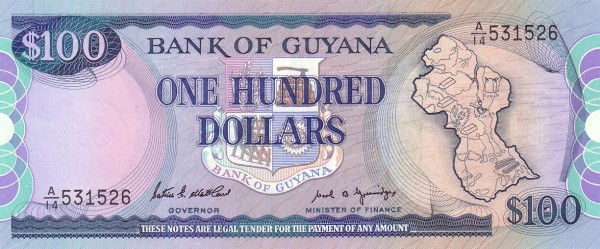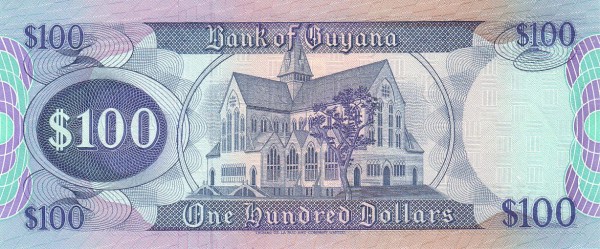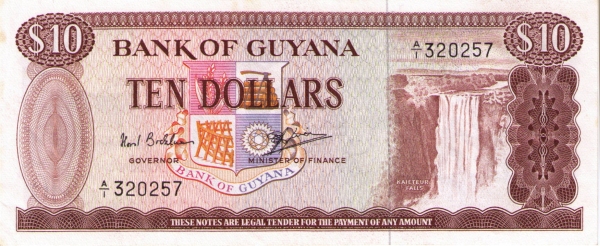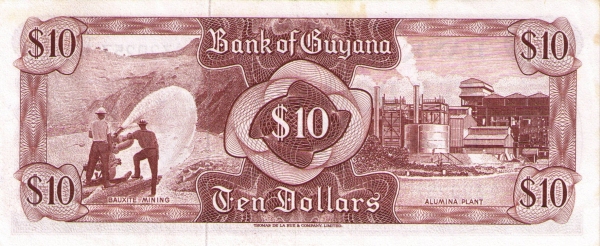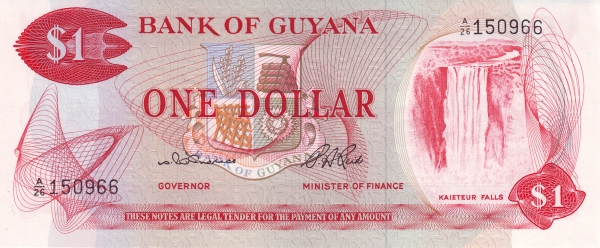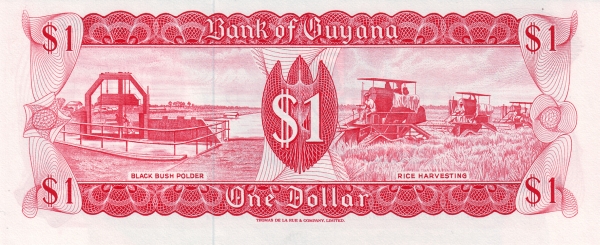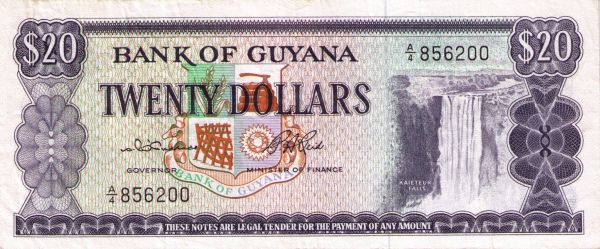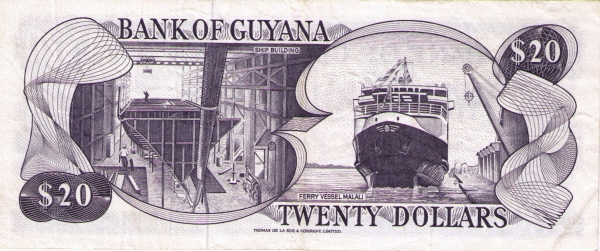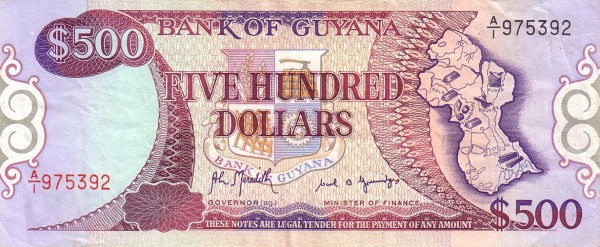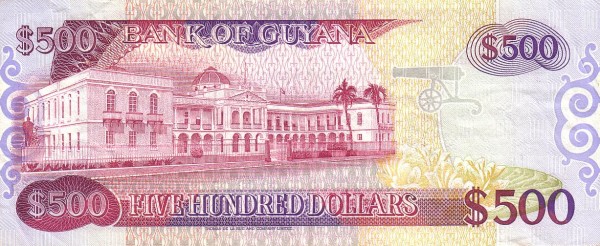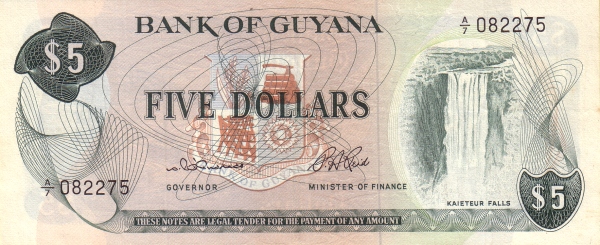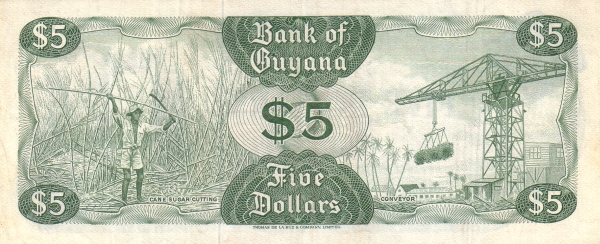Discovering the Wonders of Guyana
Guyana, a captivating country nestled in the northeastern part of South America, boasts a rich tapestry of cultures and landscapes. This remarkable land, previously known as British Guiana until its independence in 1966, holds the unique distinction of being the only English-speaking country on the continent. With its stunning coastline along the North Atlantic Ocean, Guyana borders three nations: Brazil to the south, Suriname to the southeast, and Venezuela to the west. Additionally, it shares maritime limits with Trinidad and Tobago and Barbados. Such geographical features enhance the allure and complexity of Guyana, making it a true gem in South America.
Understanding Guyana's Geographic Landscape
As you delve deeper into the geography of Guyana, you will discover that it occupies a unique position within the Guianas region, characterized by the historic Guiana Shield. This geologically stable formation has shaped Guyana's landscape, featuring diverse ecosystems that invite exploration and adventure. The Guianas region is bounded by significant rivers, including the Orinoco, Negro, and Amazon, lending its borders a natural barrier. Guyana encompasses an area of 215,000 square kilometers, slightly smaller than the United Kingdom or the U.S. state of Idaho.
The Coastal and Highland Regions
The geography of Guyana consists mainly of a coastal plain and inland highlands. The coastal area comprises fertile plains that bolster agriculture and support approximately 90% of the nation’s population. Furthermore, the southern region is home to dense rainforests within the Forested Highland Region, which has its own unique biodiversity. The majority of Guyana remains unspoiled, as the Hinterland regions occupy more than two-thirds of the land area and remain largely uninhabited.
Climate and Biodiversity
Guyana experiences an equatorial tropical climate, characterized by high humidity and significant rainfall throughout the year. This climate fosters an uninterrupted cycle of lush vegetation and diverse wildlife. The nation is home to various ecosystems, ranging from mangroves along the coast to expansive rainforests teeming with life. Its rich biodiversity, preserved within the reserves and parks, includes exotic bird species, unique flora, and remarkable fauna.
Cultural Fabric of Guyana
The people of Guyana reflect a blend of rich cultural influences, resulting from the confluence of various ethnic groups. With a population of approximately 748,000, the demographic composition highlights a melting pot of cultures. The largest ethnic community consists of individuals of East Indian origin, making up around 49% of the population. Following closely, 32% identify as of African descent, while other ethnicities include mixed (12%), Amerindian (6%), and White or Chinese (1%). This diversity brings forth a vibrant cultural landscape, celebrated through festivals, cuisine, art, and music.
Language and Communication
In their daily lives, Guyanese people predominantly communicate in English due to its status as the official language. However, the majority speak Guyanese Creole, an English-based vernacular that showcases the nation’s linguistic heritage. Additionally, various Amerindian languages, such as Caribbean and Arawak, can be heard, especially within indigenous communities. Hindi is also spoken among the Indo-Guyanese population, further demonstrating the multi-faceted identity of this nation.
Economy and Natural Resources
Guyana’s economy has transitioned significantly since its independence, shifting from a state-controlled framework toward a more dynamic, market-oriented system. The Economic Recovery Program initiated in 1989 paved the way for promising prospects. The country is rich in natural resources, including bauxite, gold, diamonds, and hardwood timber, all contributing to its economic vitality. Additionally, agriculture plays an essential role, with key products including sugar, rice, and various meats.
Exports and Global Partnerships
As a nation striving for economic growth, Guyana benefits significantly from trade. Key export commodities include sugar, gold, bauxite, and shrimp, with the United States being its largest trading partner. In 2015, the USA accounted for 33.5% of Guyana's total exports, followed by Canada and the UK. These relationships underscore the importance of global commerce in Guyana’s economic framework, contributing further to its development.
Cultural Heritage and Celebrations
One cannot overlook the vibrant cultural heritage of Guyana. Annual festivals such as Mashramani, celebrating the nation’s independence, showcase the colorful parades, music, and dance of its diverse population. Each ethnic group contributes to this cultural explosion, allowing visitors and residents alike to experience the warmth and spirit of Guyanese hospitality. Food plays a vital role in these celebrations, with traditional dishes reflecting the nation's multifaceted history, blending European, African, and Indian influences.
The Path Forward
Looking ahead, Guyana stands on the cusp of further transformation. With considerable investments in infrastructure and resource development, the government aims to uplift the entire nation. Sustainable practices will become vital, ensuring that the rich natural heritage is preserved for future generations while fostering economic advancements. By focusing on enhancing quality of life, promoting education, and delivering essential services, Guyana seeks to build a resilient society progressing toward prosperity.
Conclusion
In conclusion, Guyana emerges as a remarkable and enchanting destination that deserves recognition on the global stage. With its stunning landscapes, vibrant culture, and diverse population, it holds the promise of new adventures and discoveries. As this nation continues to evolve, it beckons travelers and citizens alike to embrace its rich heritage while forging a bright future. Guyana awaits with open arms, ready to share its wonders with the world.
Largest cities of: Guyana
| City Name | Population | Year of foundation | |
| Georgetown | 118,363 | 1781 | |
| Linden | 30,000 | 1750 | |
| New Amsterdam | 17,000 | 1625 | |
| Anna Regina | 12,000 | 1836 | |
| Bartica | 10,000 | 1836 | |
| Mabaruma | 8,000 | 1967 | |
| Lethem | 7,000 | 1991 | |
| Kwakwani | 6,000 | 1970 |
Guyana: Money
